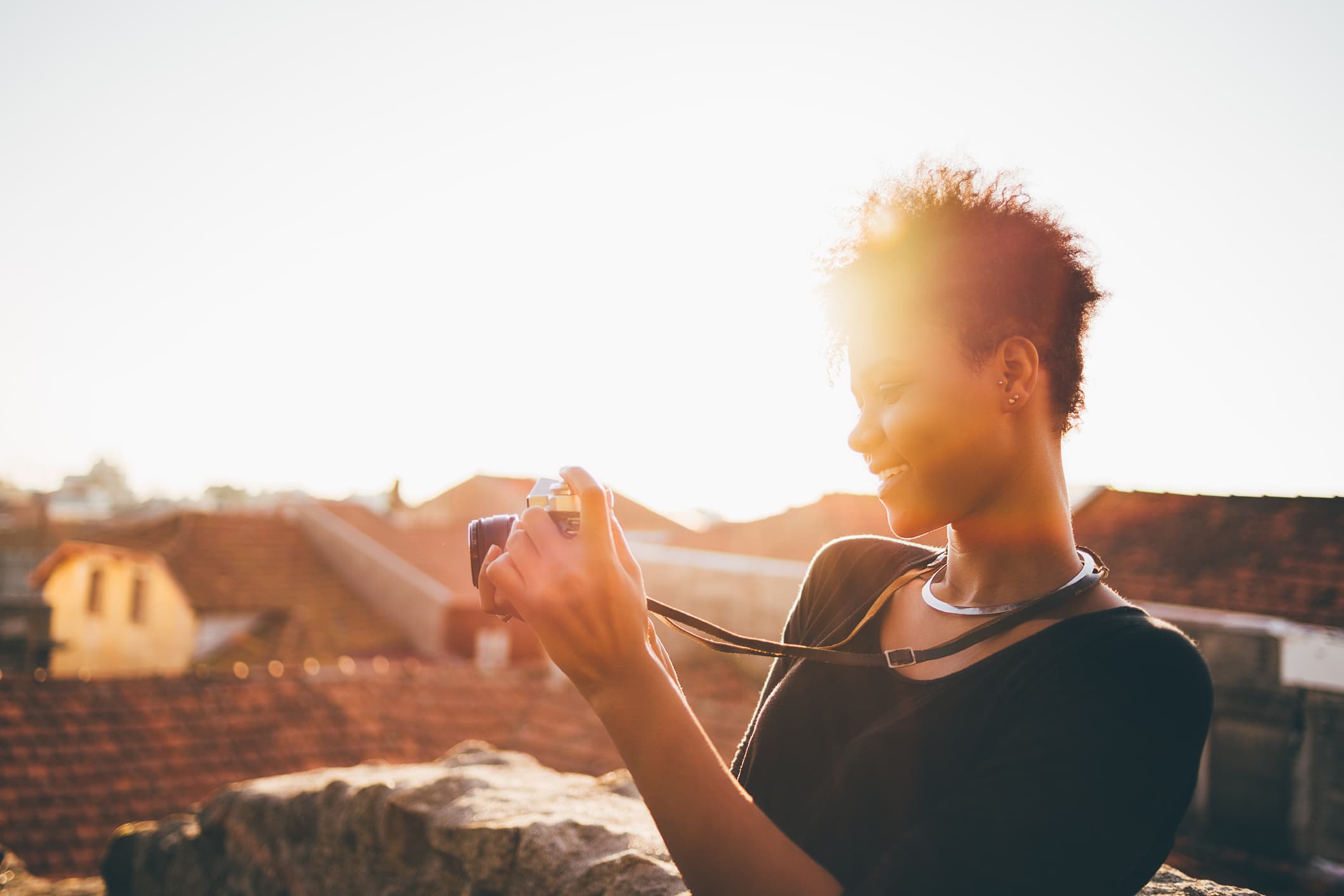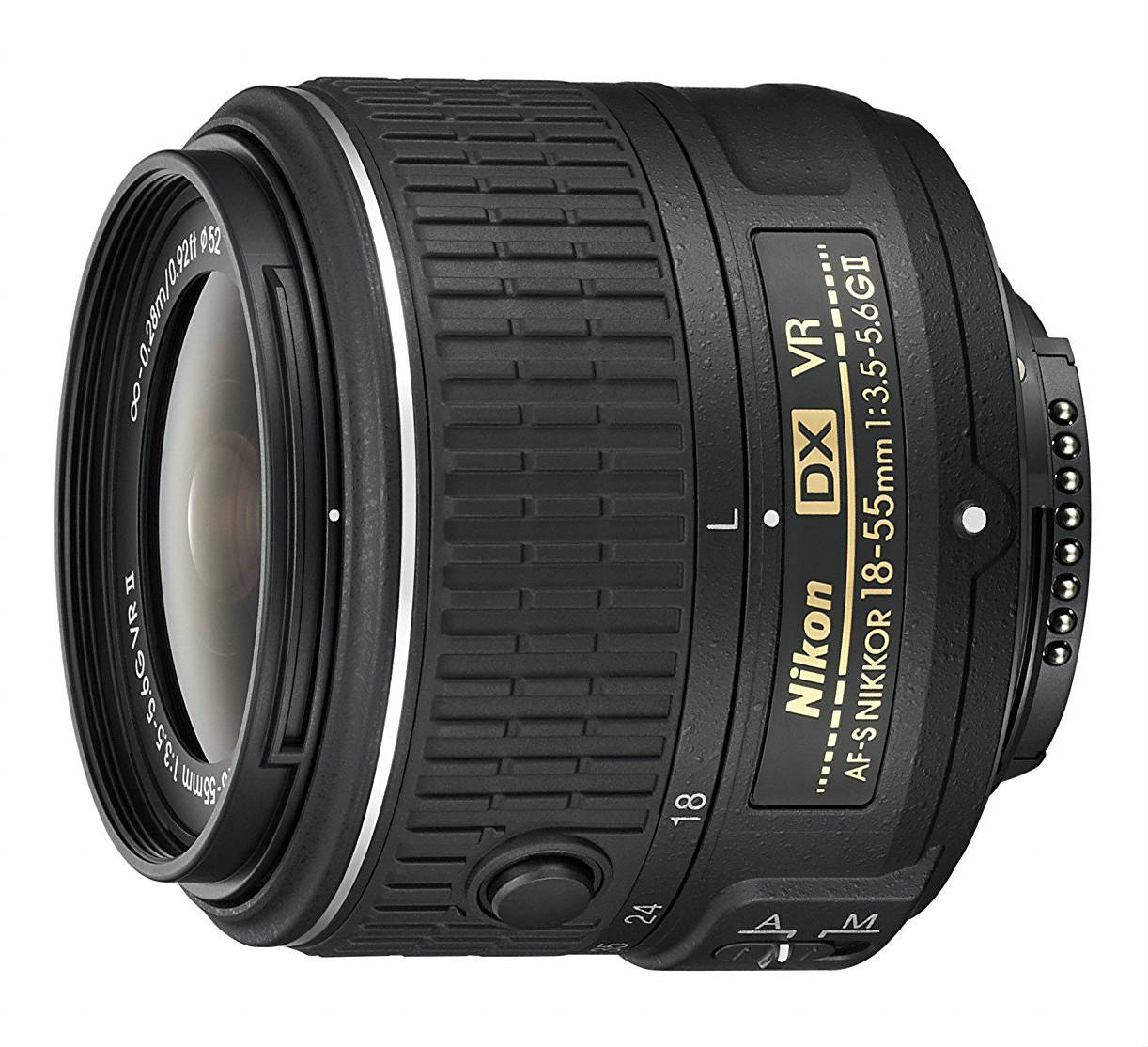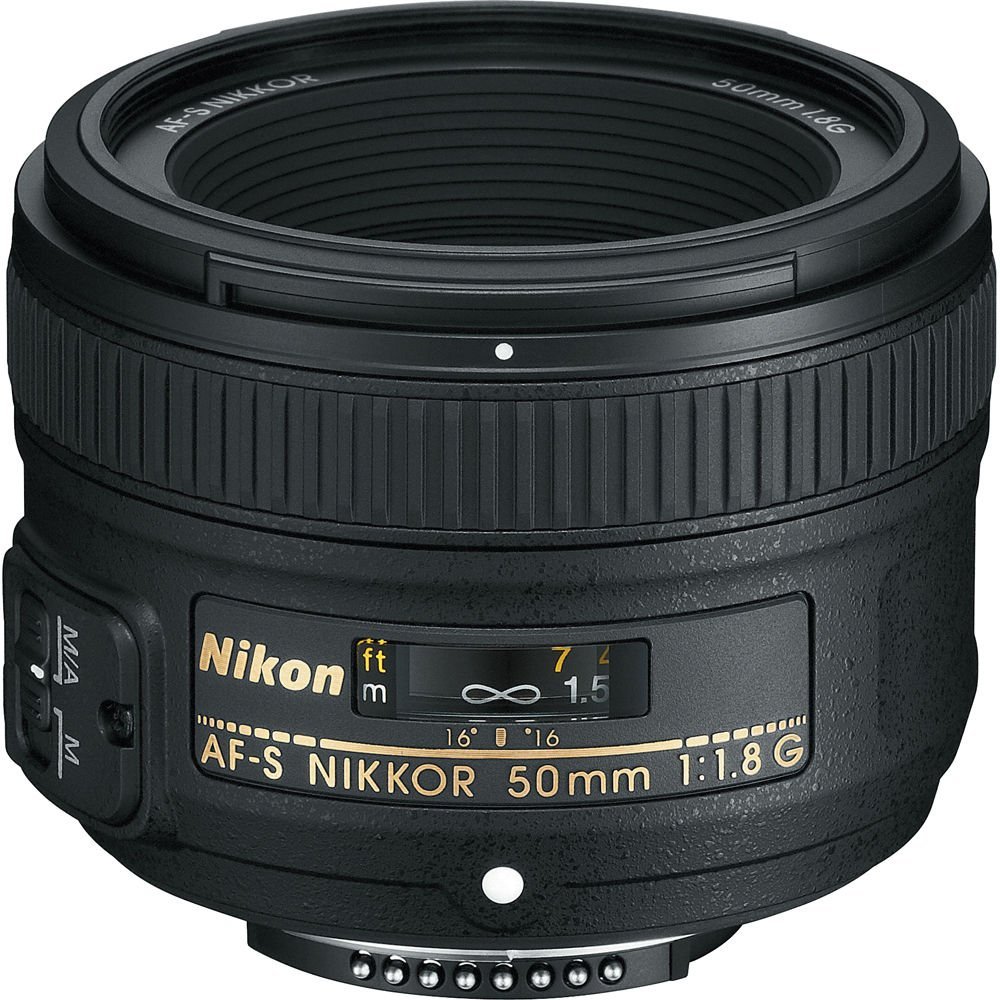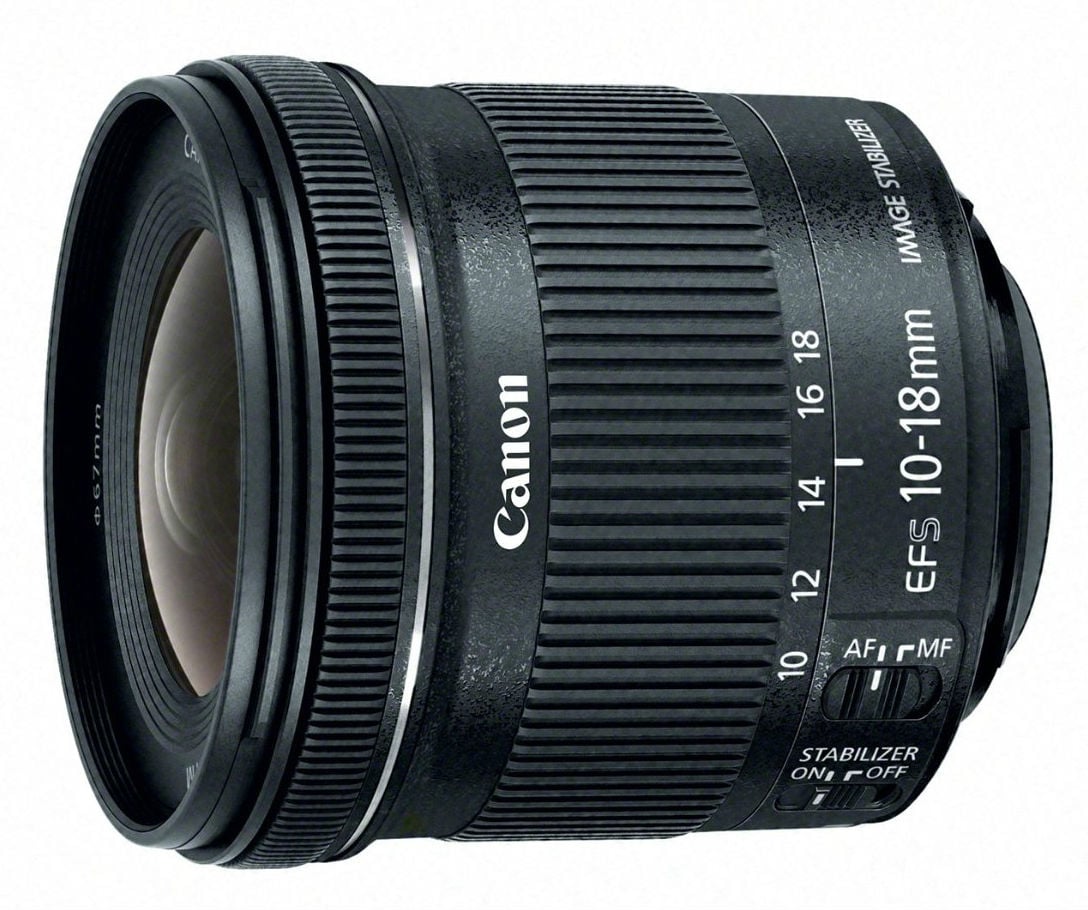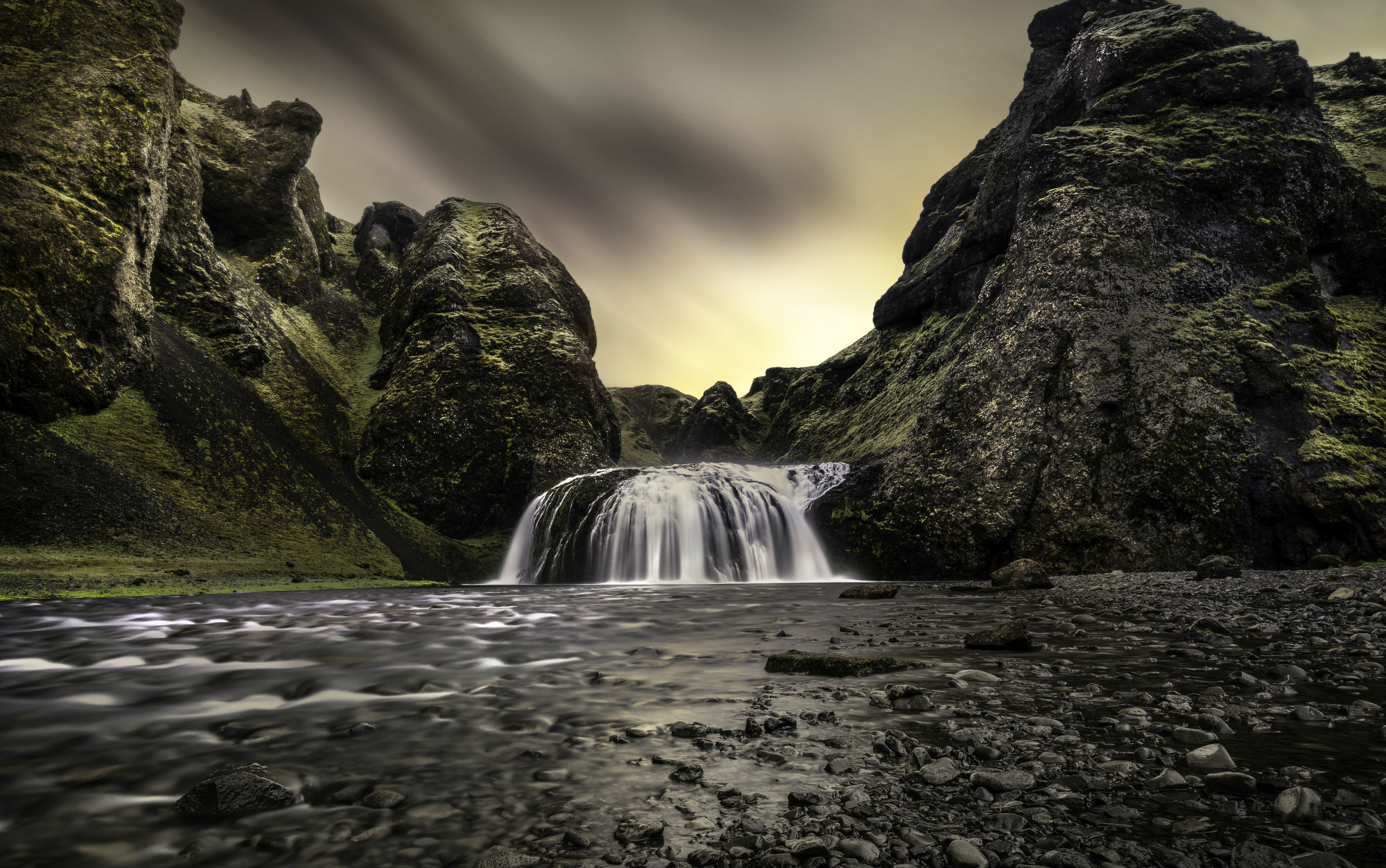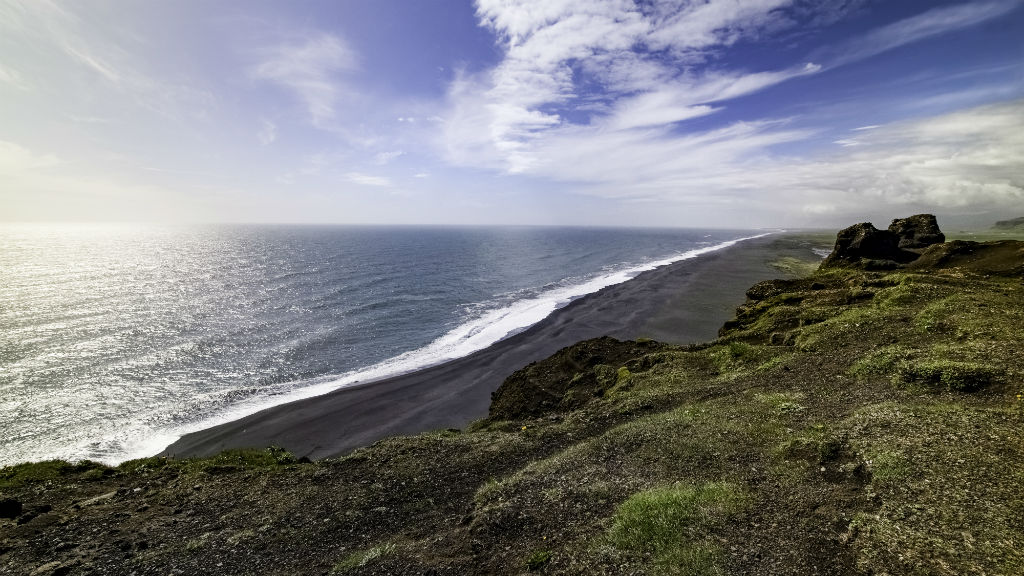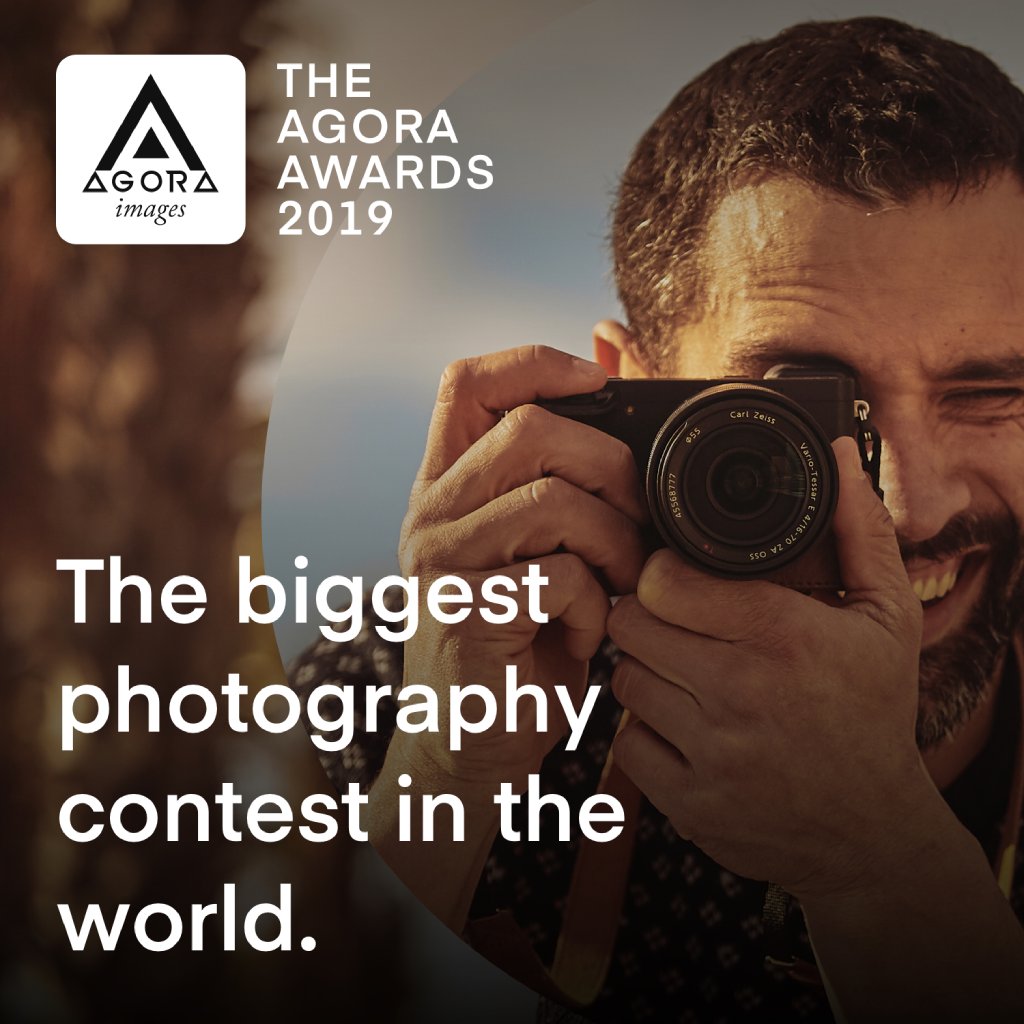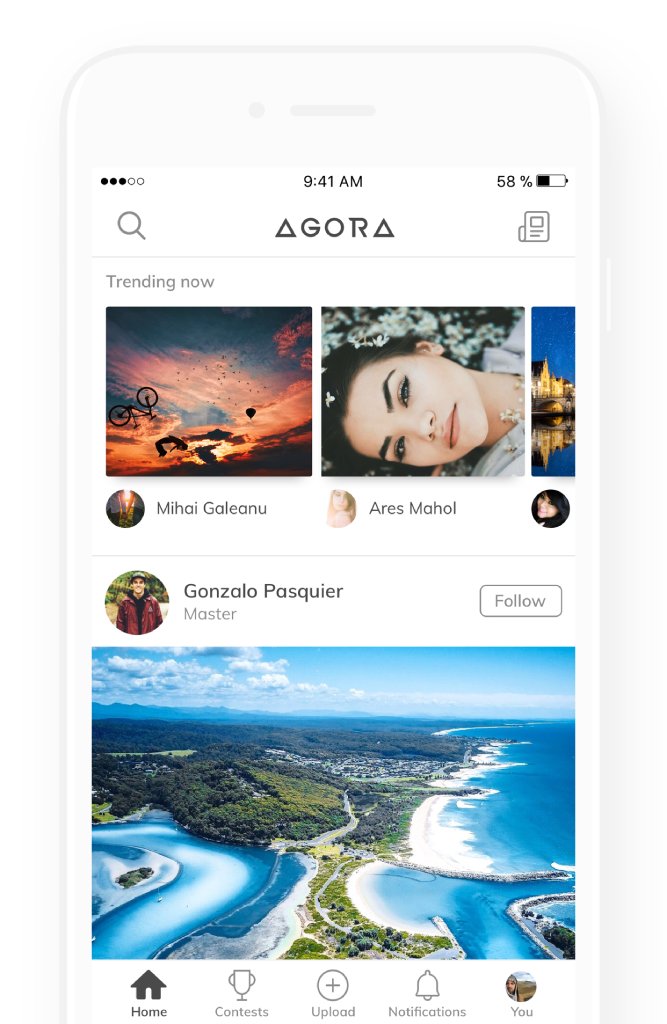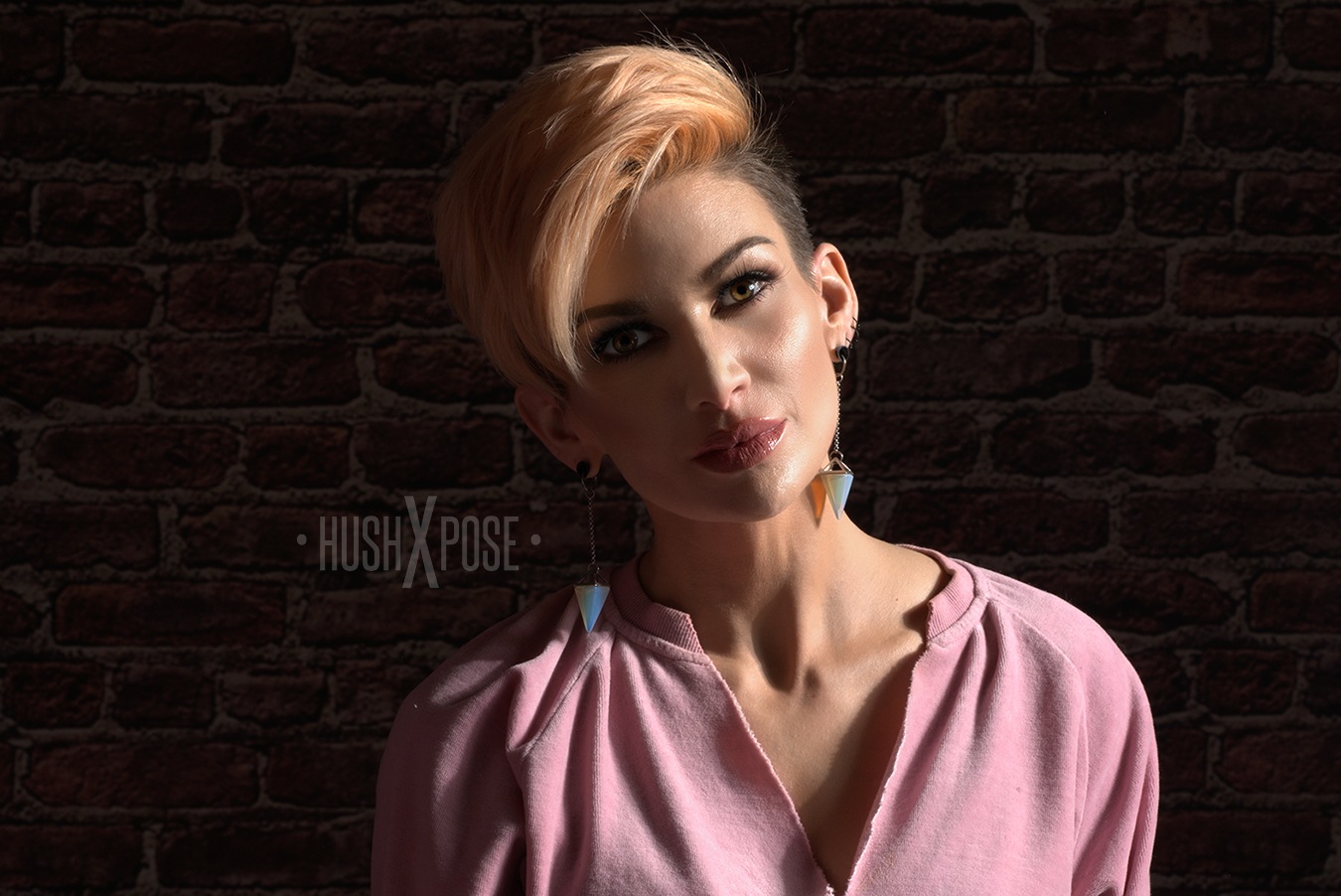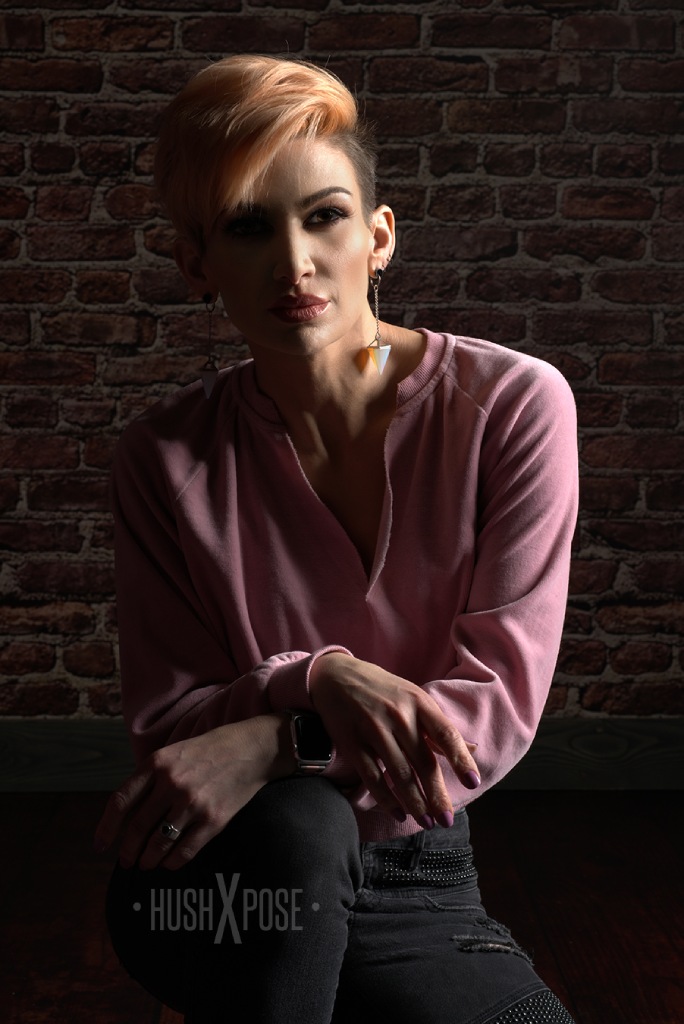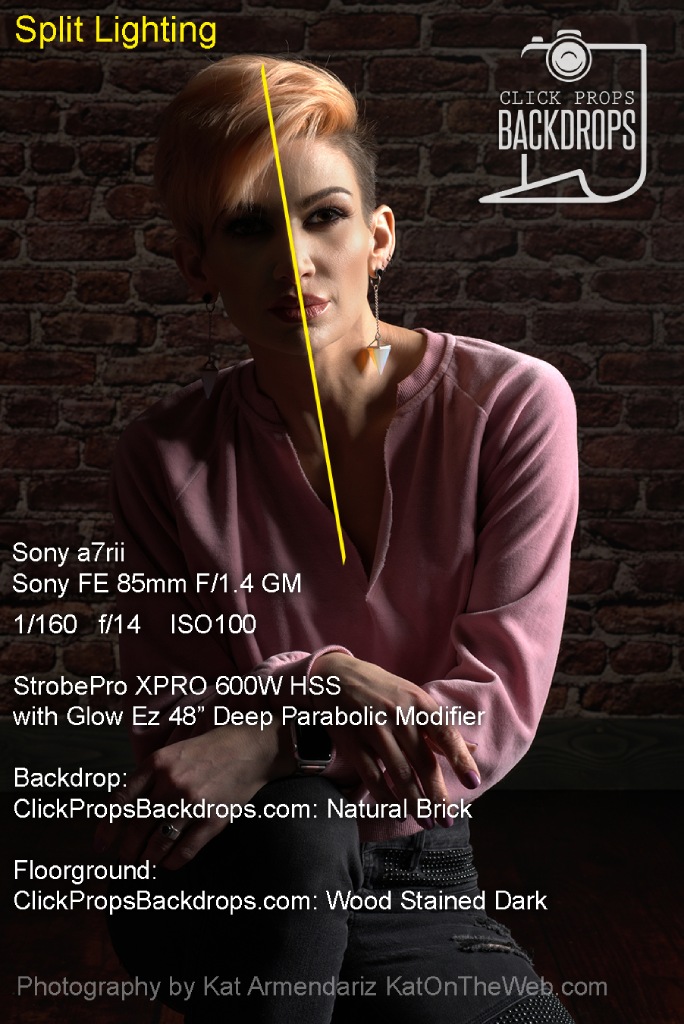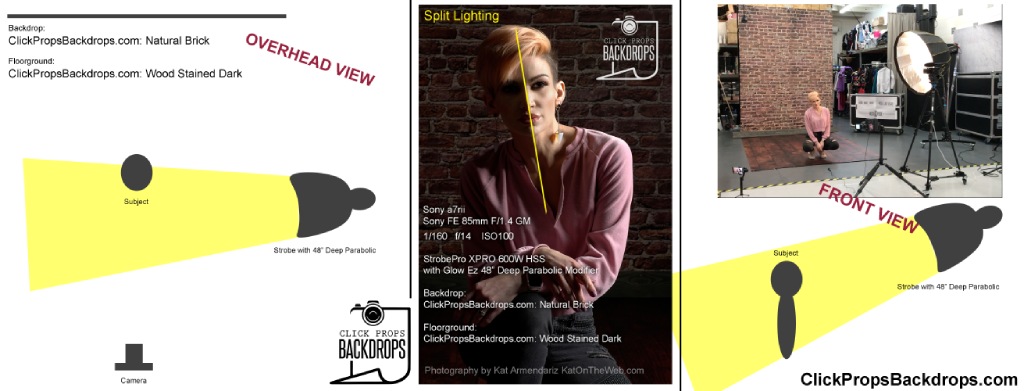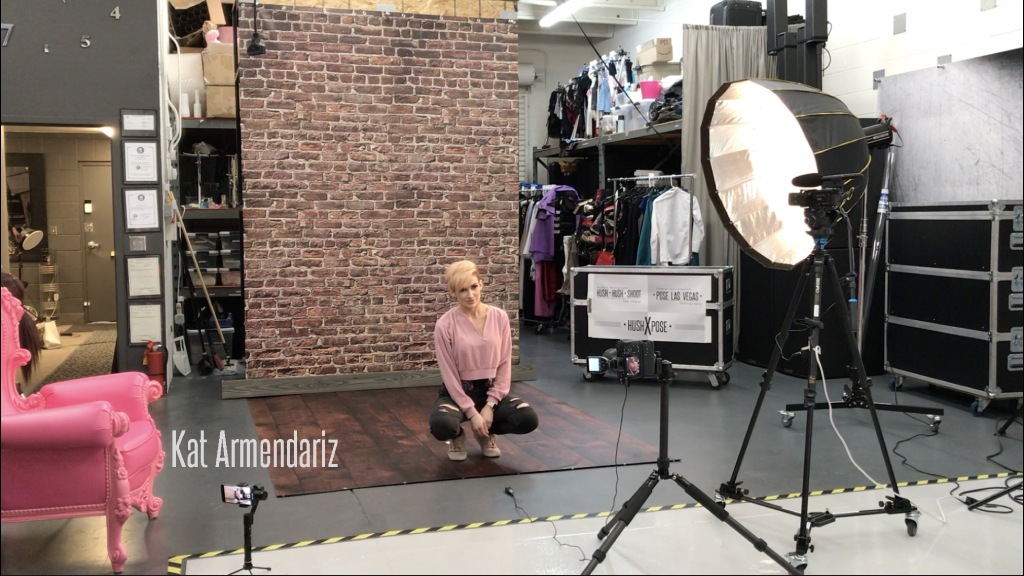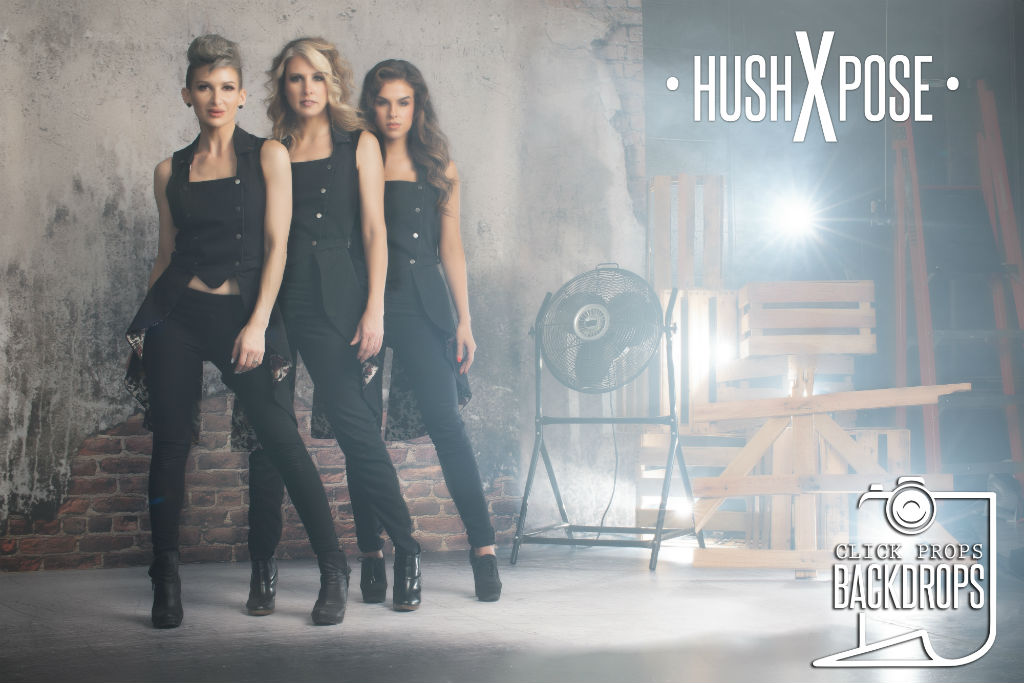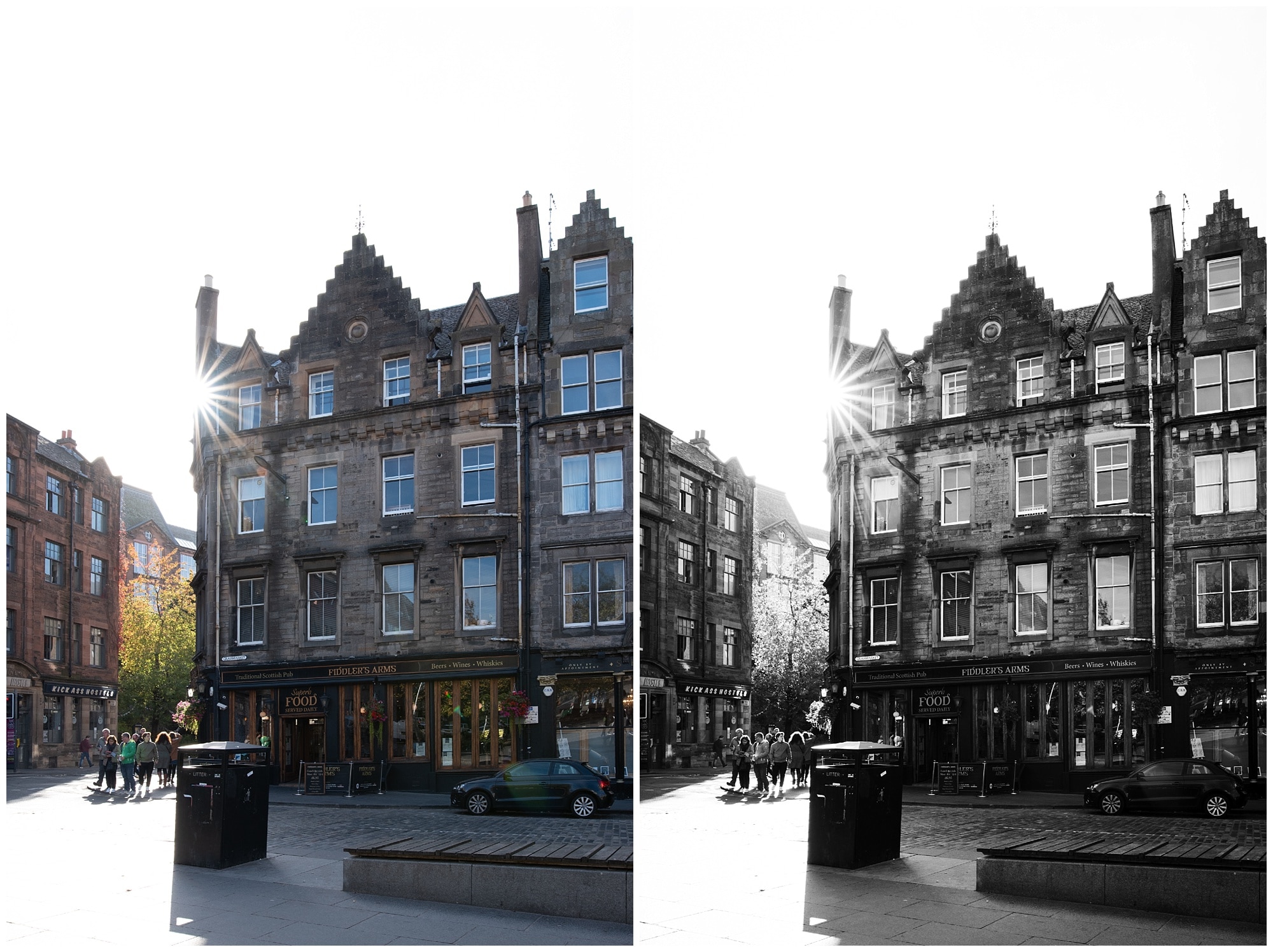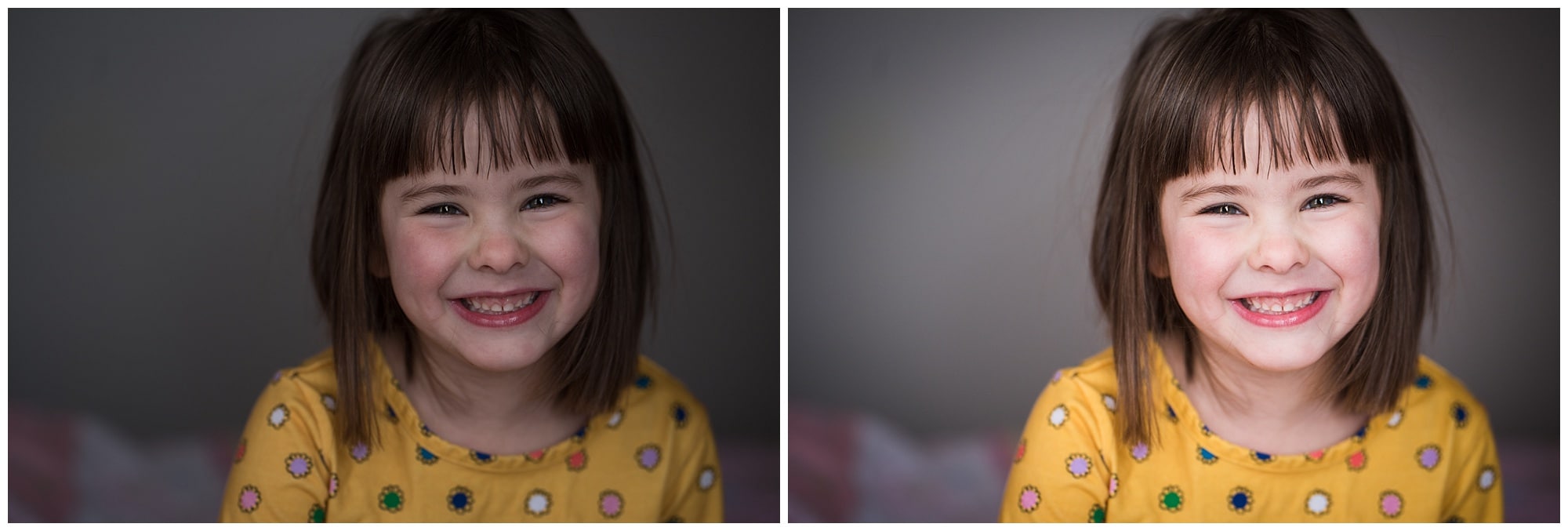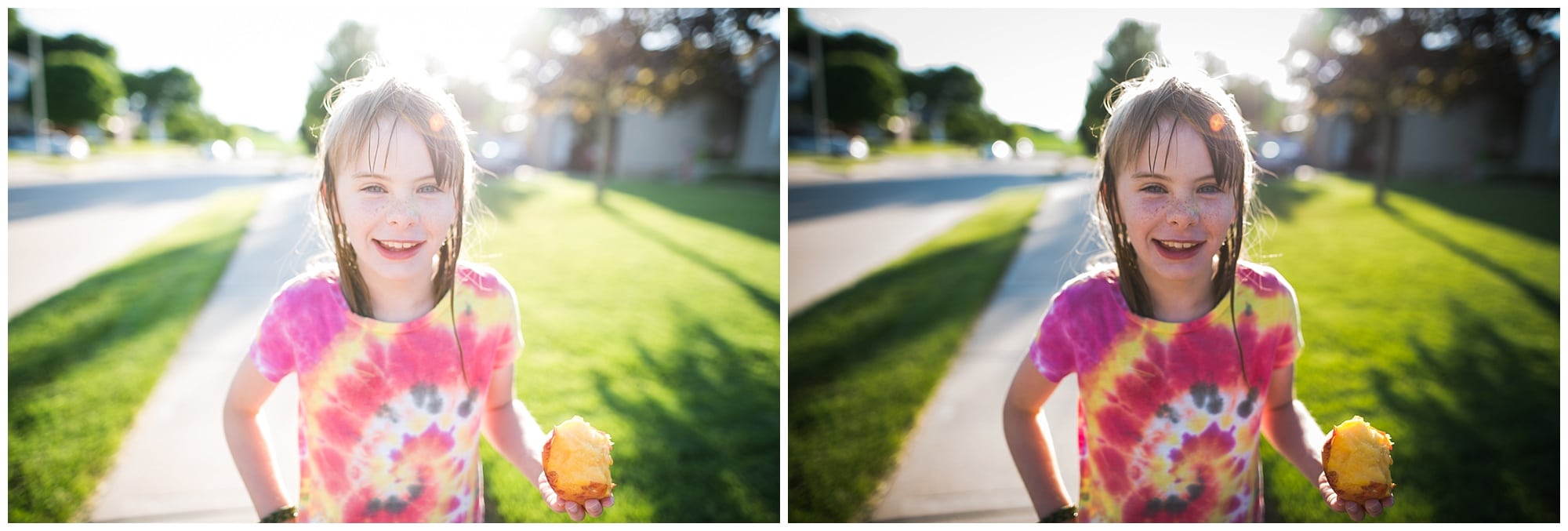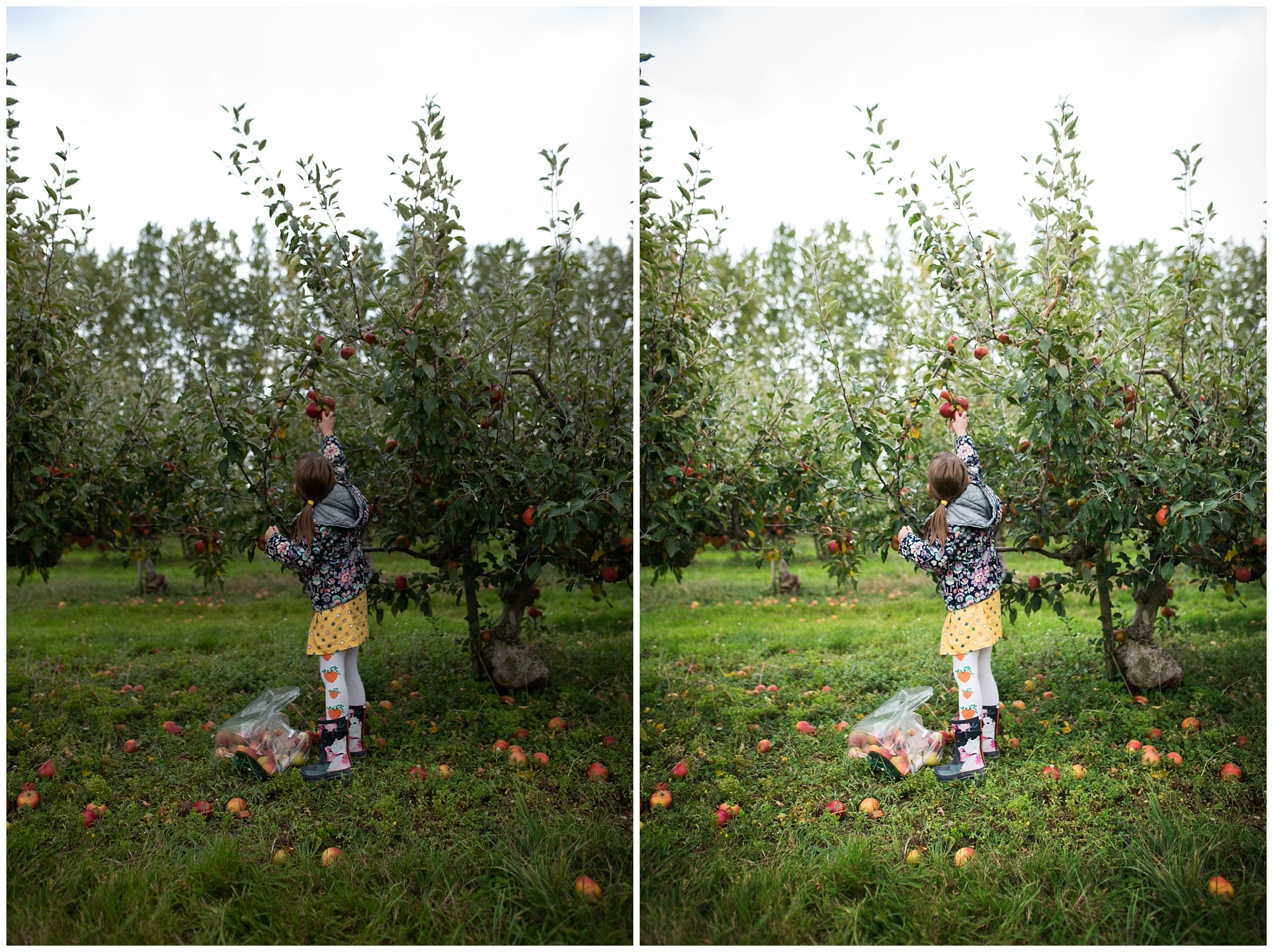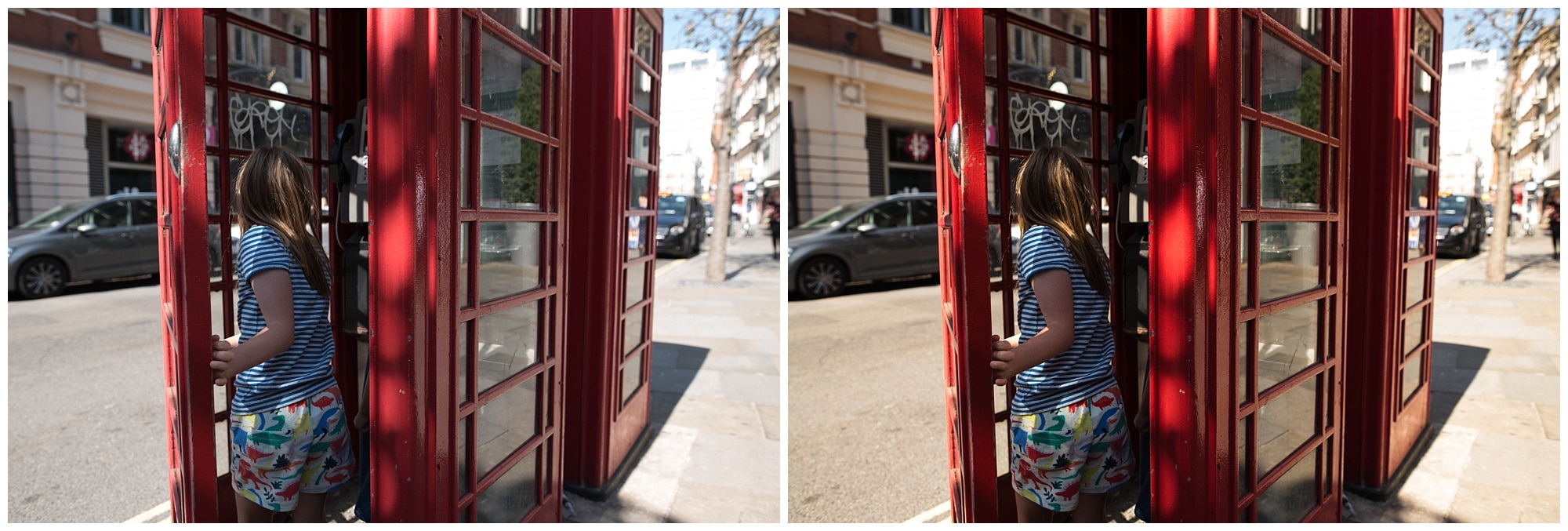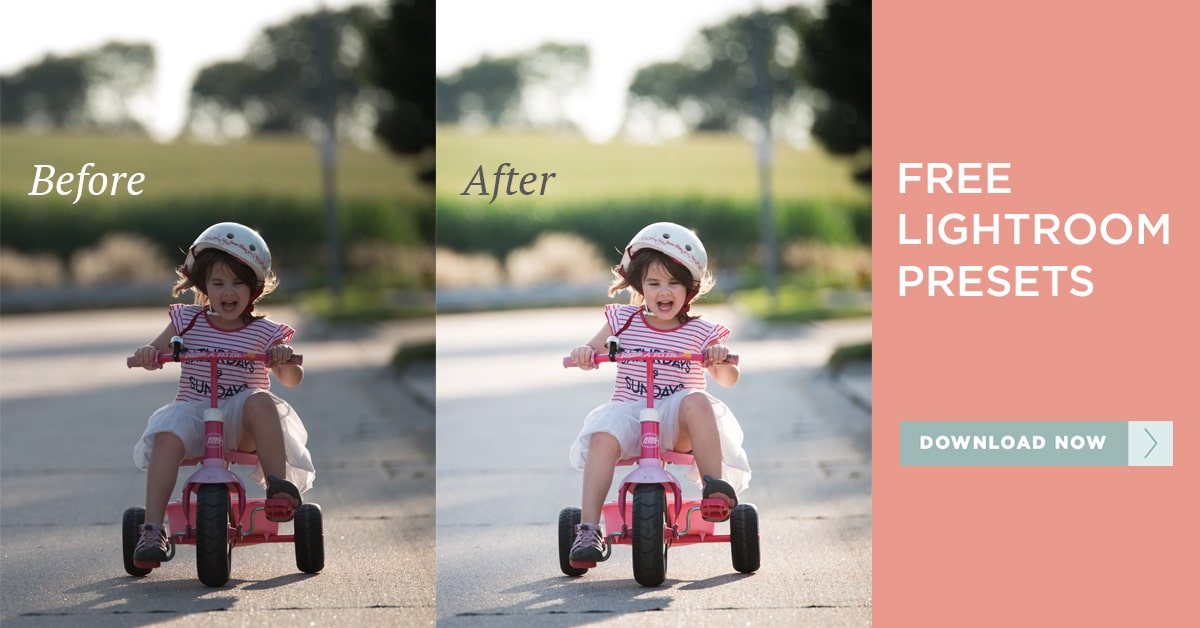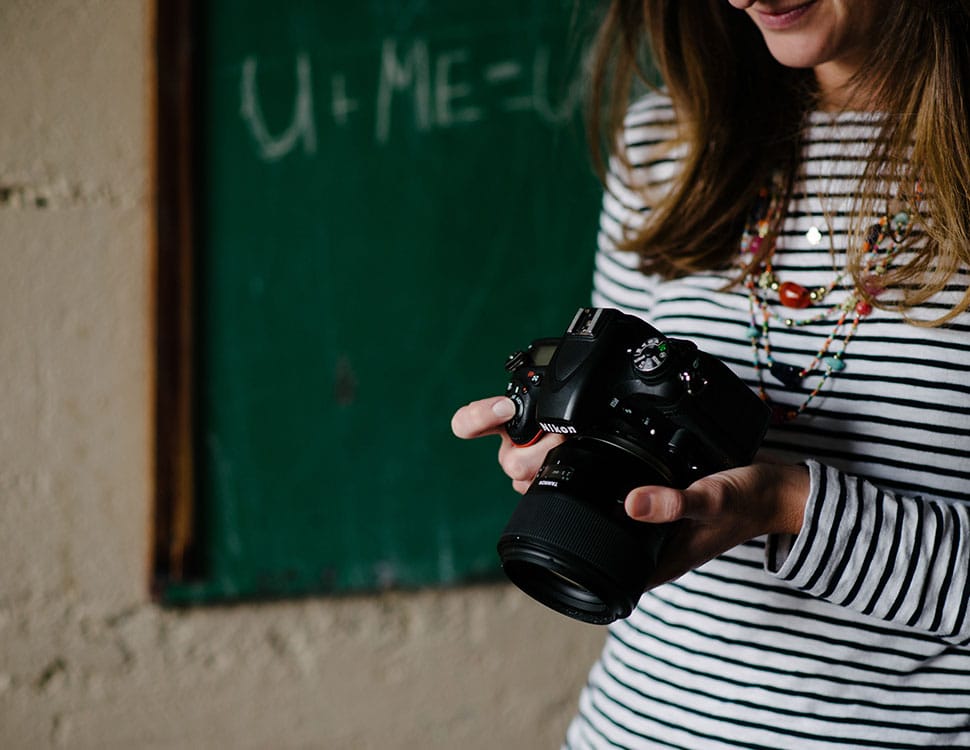10 Professional Photographers Who Still Shoot Film
#photographyhobbyist #photographybestoftheday #photographyforever
This might be the digital age, but in today’s contemporary art world, there are still flourishing photographers who prefer to shoot film for various reasons. Of course, most of them love the quality of images and the meditative process of the various formats; film as a medium can teach a photographer a lot to inform their work with.
The following 10 artists have been able to produce some exceptional work with film, and each one has a unique style which they formed through their use of this medium:
1. BOOGIE
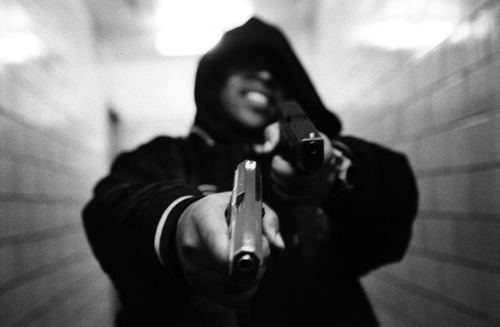
Boogie has been featured in various major magazines including New York Times, Time magazine, Huffington Post, Huck magazine, and an HBO showcalled “How To Make it in America”. He has also published 5 monograph books andtaken part in various gallery exhibitions in Paris, Milan, New York and California. His clients include Nike, Puma and the New York Yankees.
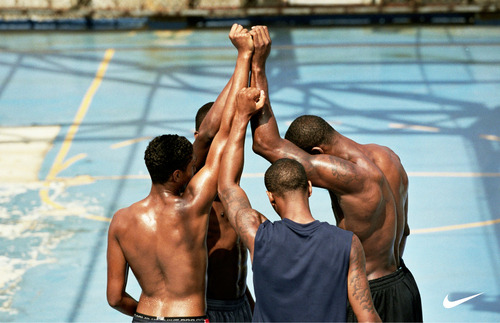
2. RICHARD MOSSE

What is most interesting and striking about this work is how the use of medium brings out the feelings of unease and unrest that this locality is going through. Instead of showing blatantly violent or depressing scenes, the artist instead puts himself in an uncomfortable situation by choosing a film that is new to him and provides such weird affects,and in turn instills his work with the same kind of aura to awaken these emotions in the audience.
Be sure to check out our exclusive interview with Richard Mosse, and find out what it’s like to trek film through the Congo.
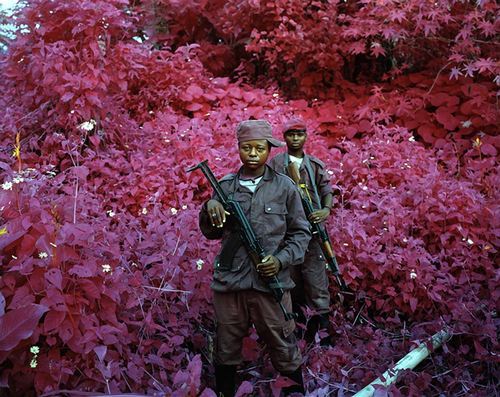
3. AMANDA FRIEDMAN
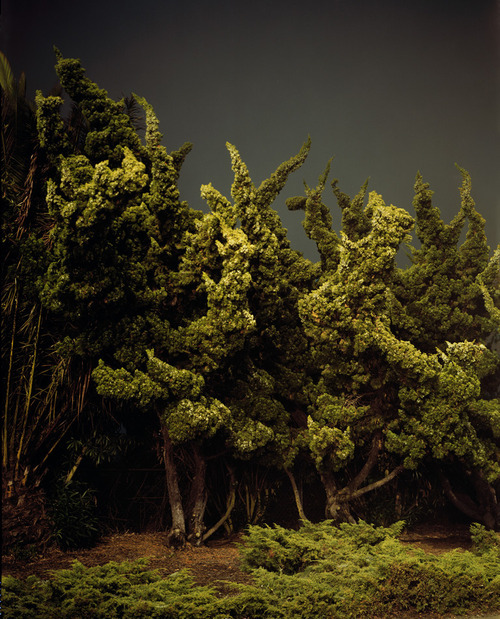
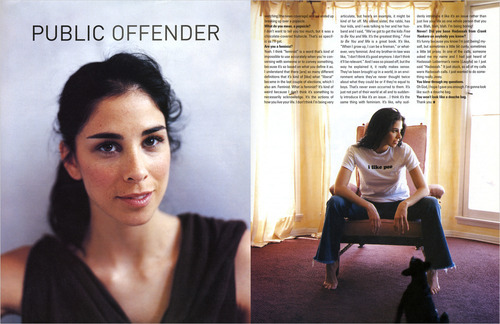
4. SIMON WATSON
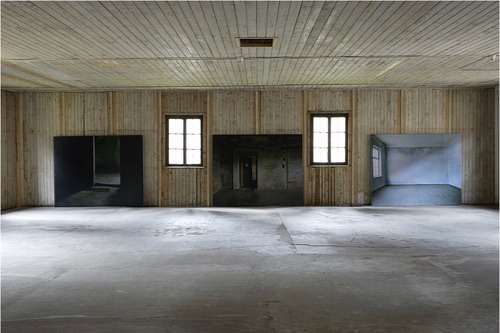
He reflects on how he questions whether he is invading the privacy of the victims, and notices how their presence in these spaces is still felt. He says he loves to shoot his work in film because it is so simple and easy to use, and so much more beautiful and sophisticated than digital.

5. JEFF LIPSKY
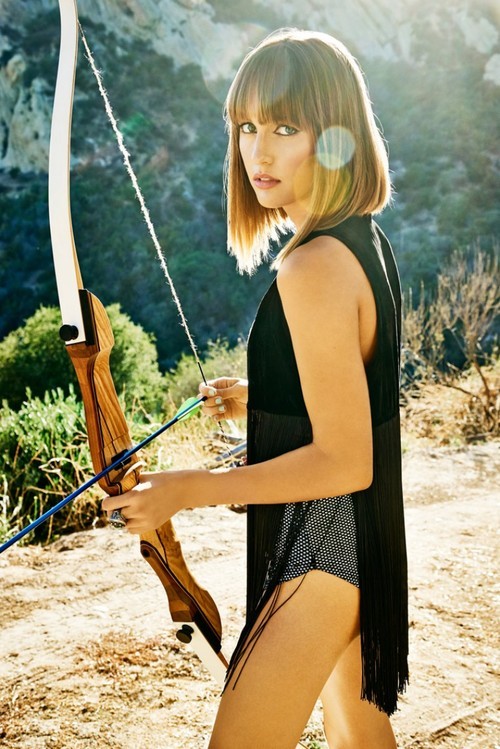
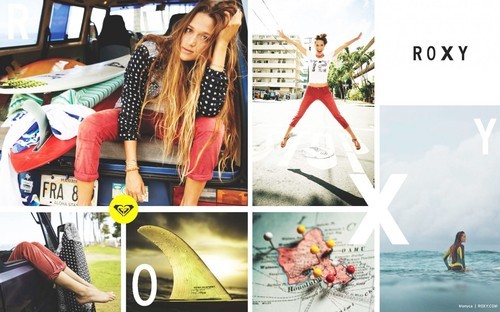
6. TODD HIDO
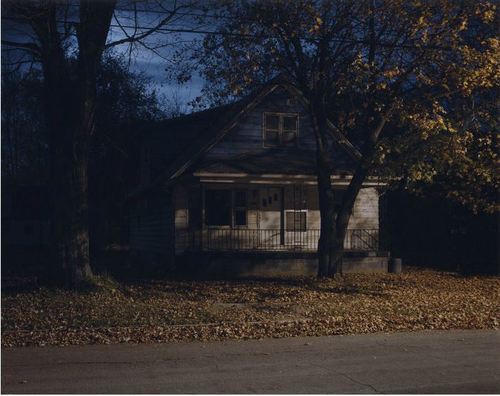
He says he shoots like a documentarian with the natural light available, but in the darkroom he is more like painter, slowly taking his photos to where they end up. Hido has been part of various exhibitions both solo and group, and has been featured in countless museum collections including the Guggenheim in New York.
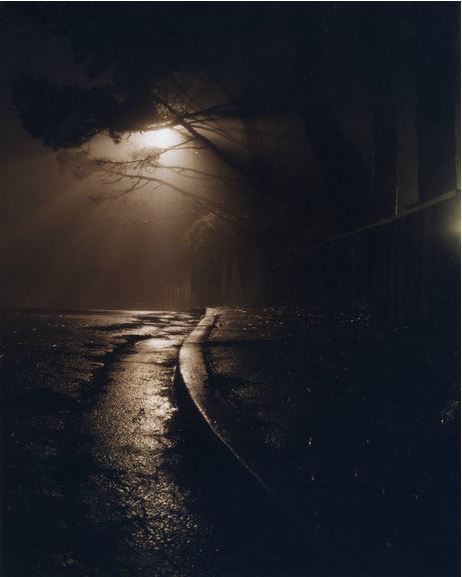
7. RYAN McGinley

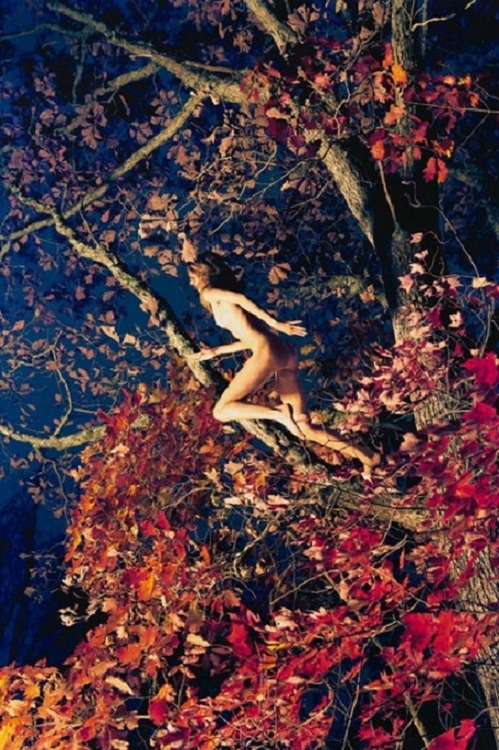
8. ROB HORNSTRA
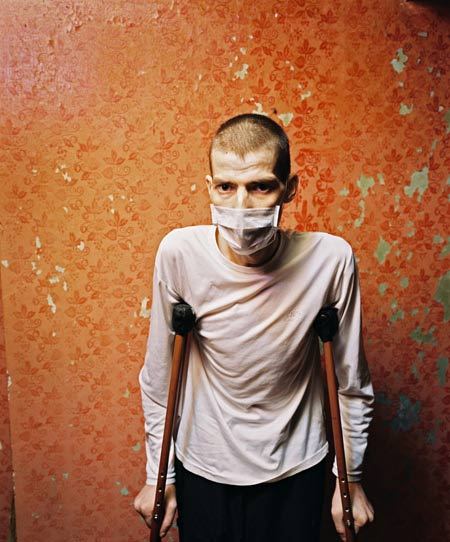

9. NADAV KANDER
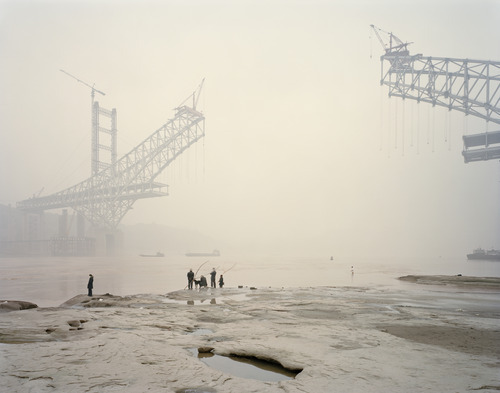
Nadav Kander is a photographer who likes to make landscape photographs in large format which seek to capture “the aesthetics of destruction”. One of his most well-known series called “Dust” centers around the former nuclear test sites on the border between Kazakhstan and Russia, which depicts the strange beauty that lies in these ruined and abandoned sites. The large format helps capture the empty stillness of the eerie scenes perfectly. Kander is also known for his portraits of the Barrack Obama Administration, which was the largest series to be published in the Times magazine by one single photographer.

10. JONI STERNBACH
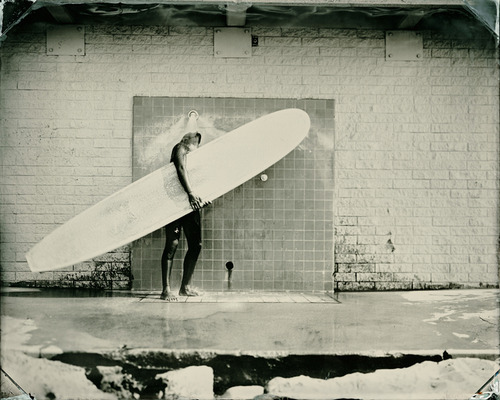
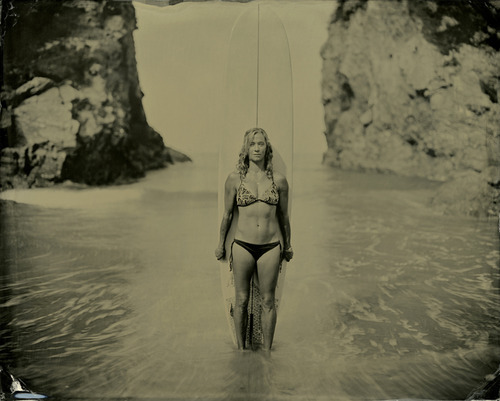
These 10 photographers are great examples of professionals who still shoot film, but of course they are by no means the only ones. Most photographers who have been doing professional or fine art photography for some time prefer to stick to film because of the patience required, as well as the quality of the prints produced. Another added bonus of film is the ability to make absolutely enormous prints when shooting medium and large format. There is something beautiful about film, and a certain lushness in the grain, tones and color that digital just cannot provide.
Courtesy of: I Still Shoot Film
